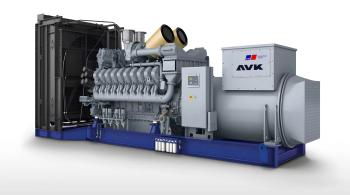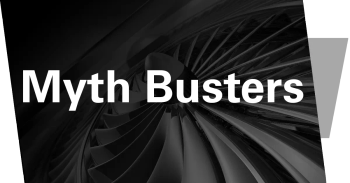
- March/April 2021
The show must go on: Takeaways from 2021 ATPS
The latest Asia Turbomachinery & Pump Symposium (ATPS) aired virtually in February of 2021, a sister show to the Turbomachinery & Pump Symposium, organized by Texas A&M’s Turbomachinery Laboratory.
A jam-packed schedule touched on topics such as centrifugal compressors, gas turbine (GT) performance, combustion, additive manufacturing, turbomachinery in refineries, and operations & maintenance.
Compressors in Oil & Gas
Ben Gunn and Rainer Kurz, both Managers at Solar Turbines, and Klaus Brun, Director at Elliott Group held a session on applications for centrifugal compressors, drivers, and gas turbines in the oil and gas industries. They discussed the types of equipment favored for use cases such as gas and oil wells, pipelines, storage, gas gathering and export compression, enhanced oil recovery, recycle compression, and refrigeration. As well as typical operating requirements they touched upon process behavior, dynamic behavior, and how to handle long and short-term process changes.
The speakers also discussed rotordynamics and defined limits for speed, pressure, and the number of impellers. They offered examples of driver performance characteristics to consider in gas turbine operation, including power as function of ambient conditions and the power output at various output speeds.
Kurz and Brunn were later joined by Bernhard Winkelmann, Director of Technology and Gas Turbine New Product Development at Solar Turbines in a gas turbine tutorial. They laid out the ideal operating conditions for gas turbines, real-world applications, and the controls and condition monitoring systems required to ensure safe and efficient operation.
"Site elevation, relative humidity, ambient temperatures, drive speed, fuel type, and load conditions must all be considered in gas turbine operation."
Site elevation, relative humidity, ambient temperatures, drive speed, fuel type, and load conditions must all be considered in gas turbine operation. Changes in ambient temperature impact full-load power and heat rate, as well as part-load performance and optimum power turbine speed. In addition, they mentioned the peculiarities of single-shaft and dual-shaft machines, as well as methods used to collect performance data for trending and comparison purposes.
Speakers from Solar Turbines presented at a later session on compressor station optimization. They highlighted the challenges involved in the interaction of multiple machines in a compressor station, the multiple services running within a station, and dealing with multiple stations along a pipeline. Optimization efforts centered upon fuel consumption, maximum throughput, minimum emissions, and lengthening maintenance intervals. To gain optimal performance, interactions of multiple machines should be considered on a component, station and system level, said Kurz.
Many new pipelines, in turns out, start out with 50% capacity or less and grow to full capacity over the years. Speakers helped attendees understand the various growth scenarios that might increase pipeline capacity and their repercussions. Single-stage compressors, for example, might have to be replaced with two-stage compressors. Alternatively, compressors may have to be installed in series to meet higher-
pressure ratios. ■
Articles in this issue
over 4 years ago
Drones, Scarcity, Efficiency: Repair & Maintenance in 2021over 4 years ago
Energy transition to green uncertaintyover 4 years ago
The bright future for natural gasover 4 years ago
Tip: Don't overlook resonance in turbomachinery failuresover 4 years ago
My test is accurateover 4 years ago
Q&A: Resolving shaft currents and electrical dischargesover 4 years ago
Solving U.S. Transmissionover 4 years ago
No Apologiesalmost 5 years ago
Who is to blame for the Texas grid outages?Newsletter
Power your knowledge with the latest in turbine technology, engineering advances, and energy solutions—subscribe to Turbomachinery International today.





